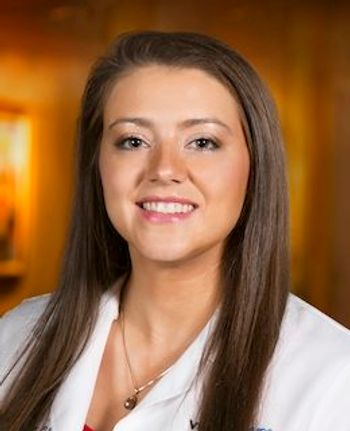
Doctors of optometry play pivotal role in managing multifocal intraocular lens implants
Optometrists help manage patients considering multifocal IOL implants.
According to Dr. Pohl, refractive lens exchange is the fastest-growing type of refractive surgery in the United States, with a growth rate that has doubled annually since 2005. The Centers for Medicare and Medicaid Services (CMS) now allows patient-shared billing for presbyopia-correcting and toric IOLs. This allows more patients to enjoy the lifestyle benefits of advanced IOL technology, and allows eye-care professionals to better meet the visual expectations of an increasingly demanding population.
It also presents a great opportunity for optometrists to serve in the role of counselors to their patients.
Choose wisely
A successful IOL procedure always begins with careful patient selection, according to Dr. Pohl. "The best candidates are highly motivated patients who are willing to pay for custom services, and who have reasonable expectations and understand that they may possibly need to wear glasses or desire fine-tuning laser vision correction," Dr. Pohl said.
"It certainly helps if the candidate is a 'type B' personality who is open to the possibility of unmet expectations. If you suggest a multifocal lens for a perfectionist, don't be surprised when he or she expects perfection," he added.
Practitioners should not let their own biases interfere with their ability to present information and options to their patients. "Multifocal contact lens failure does not equate to or predict multifocal IOL failure. You must have confidence in the technology," he said.
The learning/teaching cycle
Educate yourself and your patients about the various types of lenses that are available, and the pros and cons of each type, Dr. Pohl advised. Also, educate your surgical staff about the challenges involved with providing the best visual outcome, such as the importance of accurate IOL power calculation through meticulous biometry, and proper centration and orientation of the IOL through expert surgery.
"Postoperatively, we can help patients' near and distance vision," Dr. Pohl said. "But we also must let them know that there is a minimal 'wow' period, and that adaptation to their new vision will be required."
He said that patients should be aware that the adaptation period may be up to 3 to 6 months after their second eye is done, and they will experience some degree of aberrations, most commonly nighttime halos, in their vision, although these should decrease over time. They also may still need to wear corrective lenses for reading or fine-tuning tasks.
"Patients must first experience what is different about their ability in terms of both distance and near vision before they can appreciate the increased function that the multifocal allows," he said.
"Because multifocal IOLs will always have true accommodative compromise inherent in their design, proper patient selection is critical. Our optometric expertise in this area is a big part of the premium cost of presbyopia-correcting IOLs," Dr. Pohl concluded.
Newsletter
Want more insights like this? Subscribe to Optometry Times and get clinical pearls and practice tips delivered straight to your inbox.


















































.png)


